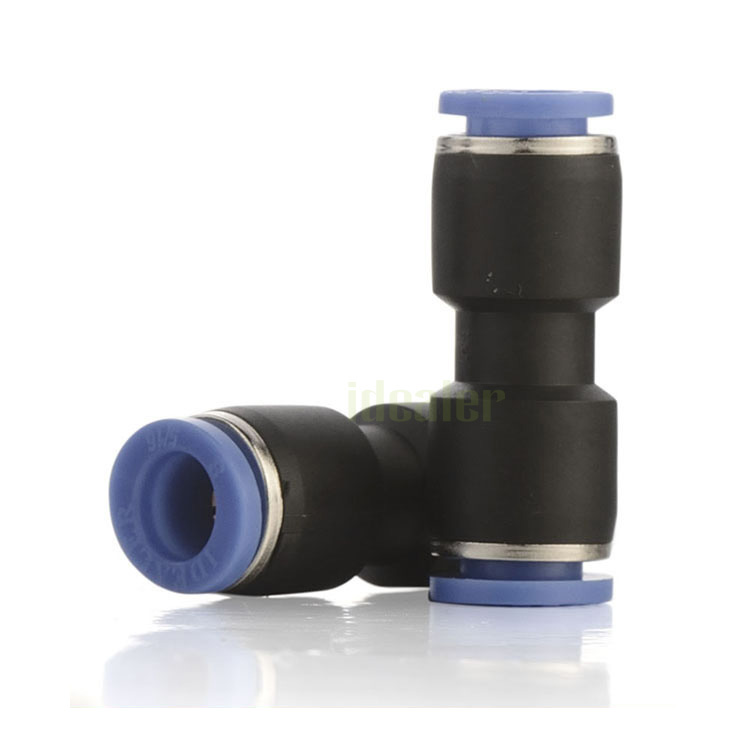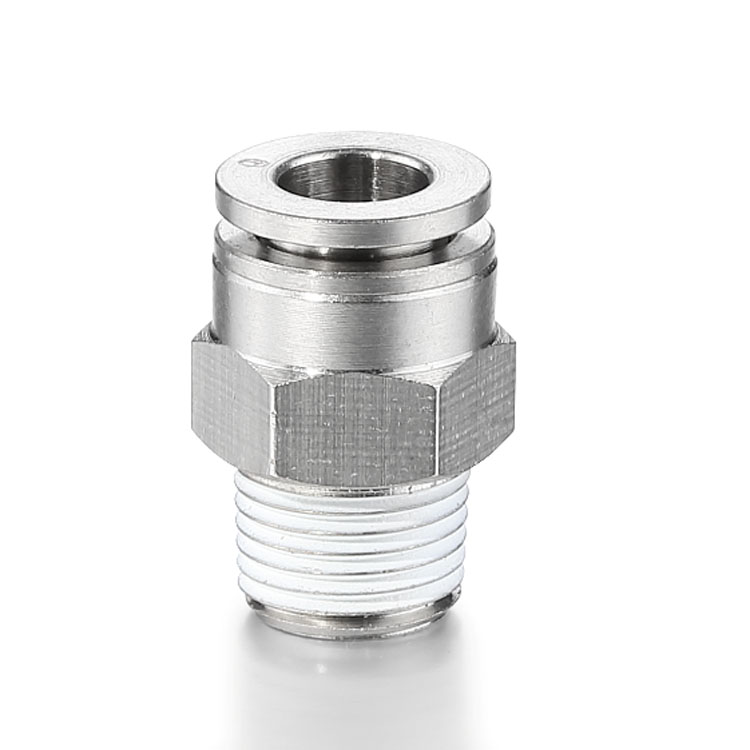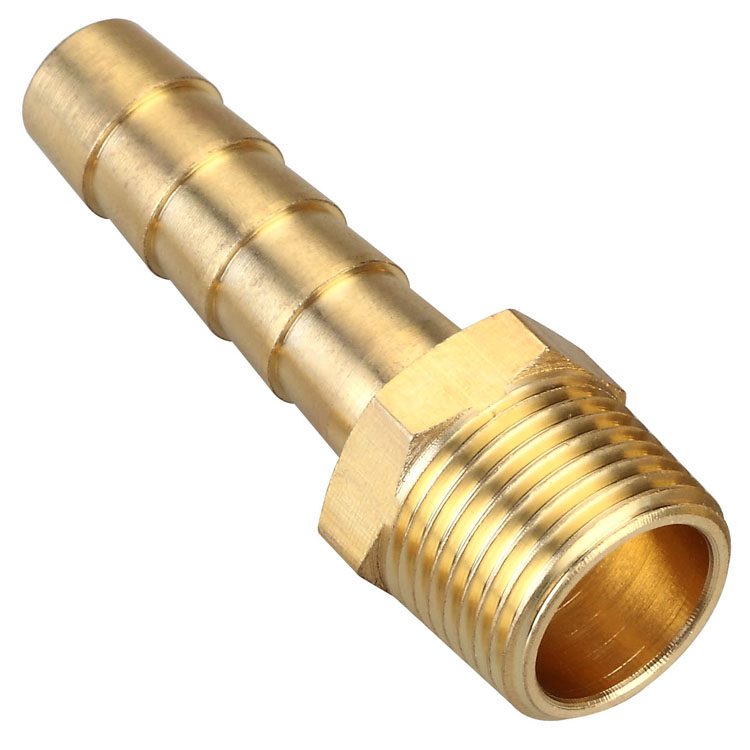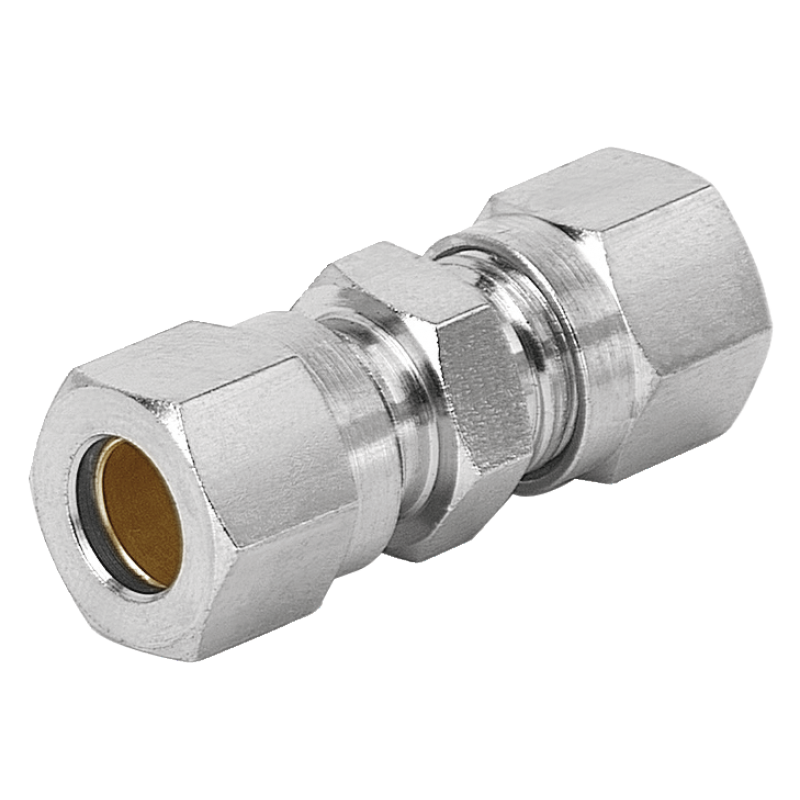When selecting a pneumatic fitting, there are several important factors to consider to ensure that it is the right fittings for your application. Here are some of the key factors to keep in mind:
- Press rating of your equipment
- The required temperature range of your machinery and system
- Tube size and material you will use
- Thread type and size of fittings you need
- Flow rate of fitting
- Environment and application
- Material compatibility with your system
- Easy of installation
- Maintenance requirements
Pressure rating
The pressure rating of a pneumatic fitting indicates the maximum amount of pressure(in PSI) that it can work normally without leaking or breaking. If don’t maintain the correct pressure, may cause the whole system to fail, leak or break. It is important to choose a fitting with a pressure rating that is sufficient for your application.
Temperature range
The temperature range of a fitting refers to the min. and max. temperatures at which it can operate effectively. If your application involves extreme temperatures, it is important to choose a fitting that can withstand those conditions.
Tube size and material
Pneumatic fittings are designed to work with specific tube sizes and materials. It is important to select a fitting that is compatible with the tubing you are using.
Thread type and size
Fittings have different thread types and sizes, which must be compatible with the threads on the components they are connecting to.
Flow rate
The flow rate of a fitting refers to the maximum amount of air or fluid that can pass through it. It is important to choose a fitting with a flow rate that is appropriate for your application.
Environment and application
Consider the specific environment and application that the fitting will be used. Will it be exposed to chemicals, moisture, or other harsh conditions? Will it be used in a high-vibration or high-pressure application? Understanding these factors will help you choose a fitting that is durable and reliable in your specific application.
Material compatibility
Fittings are usually made by plastic, brass, stainless steel materials. Consider the media being conveyed through the system and make sure the fitting material is compatible with it.

Plastic Fittings
Looking for a light and cost-effective that still has best function? Look no further than our plastic pneumatic fittings. Made of high quality PBT and brass material, these fittings are perfect for connecting tubings & components in your pneumatic system.

Brass Fittings
The all brass push-in fitting is high performing, extremely compact push-in full metal fitting, which designed as a wide range of applications. Such as automatic welding line, robotics, conveyer systems etc. It is particularly suited to media- compressed air, vacuum or some liquids compatible with the materials.

316L Stainless steel fittings
Stainless Steel Push-in Pneumatic Fittings are easy connection and use, fast installation. It’s suitable for pneumatics, chemical, semi-conductor, medical and pharmaceutical industry, diary and milking machines, coffee machine, vending, Food&Beverage environment, Vacuum, Potable water dispensing systems, ice cream dispensing equipment and more applications.
Ease of installation
Some fittings may require special tools or additional components for installation. Consider the ease of installation and any additional costs or time required.
Maintenance requirements
Some fittings may require more frequent maintenance than others. Consider the maintenance requirements and how they may impact the overall cost and efficiency of the system.
Types of Pneumatic Fittings
Pneumatic fittings come in a variety of types and sizes, each designed for specific applications and requirements. When you choose the fittings, you also need to consider. Here are some of the most common types of pneumatic fittings:

Push to Connect Fitting
These fittings are easy to install and require no tools. Simply push the tubing into the fitting to create a secure, leak-proof connection. They are ideal for applications where frequent disassembly is required.

Threaded fittings
Threaded fittings have screw threads on the surfaces, so they can connect other threaded fittings. Also some have barbed to connect tubings. There are many shapes, types and sizes for this series.

Push on Fittings
Push-on fittings, also known as barbed fittings, have a barbed end that is pushed into the tubing or hose, locked by nut, creating a secure and leak-proof connection. Can be installed without the need for any special tools or expertise.

Compression Fittings
Compression fittings require a bit more work to install, but provide a very secure connection. They consist of a nut, sleeve, and fitting body, which compresses the tubing against the fitting body as the nut is tightened.

Spatter-proof Fittings
This spatter-proof fitting is workable for welding assembly line, the brass material design can be flame resistant, the button design can prevent the breakdown which caused by the ingress of the spatters.
The push-in design makes easy to assemble and remove.
The operating media can be compressed air, vacuum, gases, liquid

Barbed Fittings
The barbed fittings are designed to connect tubings with clamps. The body is very small, can install in control cabinets etc. The max. working temperature of brass/plastic barbed tube connectors can be +60 °C.
For more types please refer to: https://idealbelltechnology.com/pneumatic-fittings/
Any more please contact sales02@ideal-bell.com

